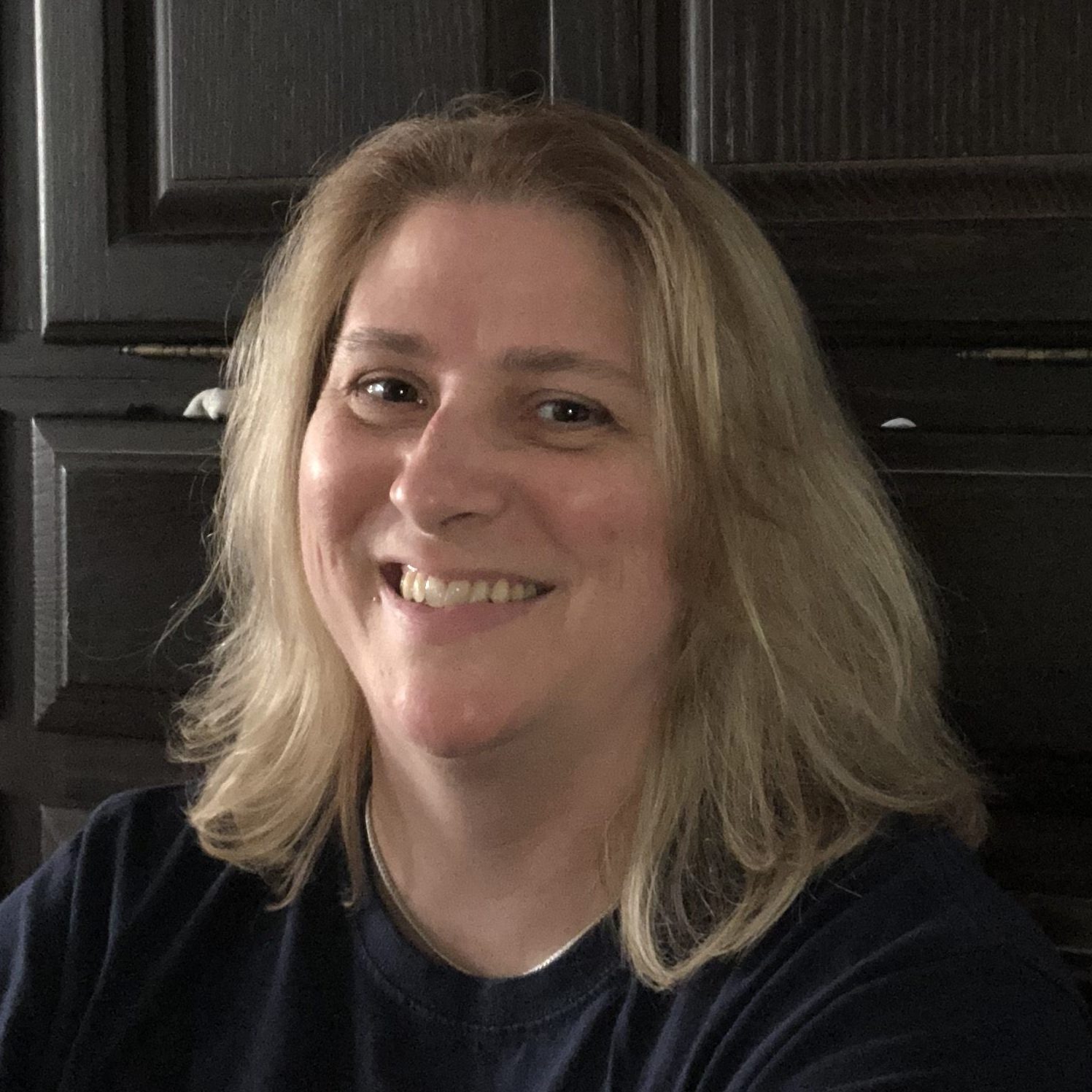Recent Projects
-
The original CARP was conducted around 2000 to measure and model the fate of contaminants throughout the NY-NJ Harbor. I wasn’t formally involved in the original CARP, but I ended up using the CARP data more than anyone. I’ve published something like seven papers using CARP data, so the Hudson River Foundation asked me to be a part of the second round of CARP, which is happening now. The goal is to further our understanding of the sources and fate of PCBs and dioxins in the harbor and how they have changed since 2000. Since that time, two big events have happened: both the Passaic River and the Hudson River have undergone remedial dredging, which should change the loads of contaminants that they send into the harbor each year.
-
I spent much of 2016 working on the Green-Duwamish River PCB source evaluation project. The Duwamish River flows through Seattle, and the lower 15 miles of the river is the Lower Duwamish Waterway superfund site. The Duwamish enters Puget Sound at Harbor Island, which is also a superfund site. Leidos worked incredibly hard to collect PCBs data from over forty studies and compile them into a single database. Then I ran factor analysis software on the data to look for co-varying patterns that indicate PCB sources. This was a great example of the challenges associated with trying to use data collected by many different agencies, using different methods over a long period of time. Also, it was a great example of linking PCB sources to the water column, sediment, stormwater, air, and biota (including otter scat!) to understand how PCB move between these media.
-
Since 2014 I have worked with data from the Spokane County Regional Water Reclamation Facility (SCRWRF) to understand the sources and fate of PCBs as well as brominated diphenyl ethers (BDEs) in their sewage collection and treatment system. This treatment plant is new – it began operations in 2011—and it was designed to comply with the phosphorus TMDL for the Spokane River. As a result, this plant has excellent solids control. Total suspended solids in their effluent are usually below detection limit. This strips out the vast majority of PCBs and BDEs before they reach the effluent.
-
